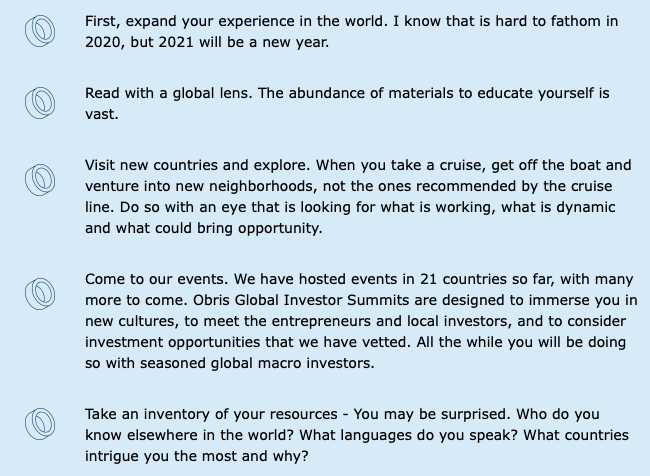
Issue 20.4, Auckland, 18 December 2020
My best friend was a university professor in Kiev. The son of a military colonel, Alexander worked his way up in the Soviet system. First as a Young Pioneer, then a dedicated Komsomol member through his university years. Shortly after we met in 1990, he proudly showed me his Communist Party Membership card.
He had a nice apartment in a new neighborhood. His son went to the best high school in Kiev. We had amazing dinner parties in his home. We ate and drank well. We lived well in the prosperous and beautiful city of Kiev.
Alexander lacked nothing. He provided for his family with an upper middle class income from the university. His cost of living was low. He had created quite a nest egg for the future.
Fast forward two years, a year after the fall of the USSR. Life was quite different.
I distinctly remember how dark and gray life seemed. This was partly due to the fact that we could not buy light bulbs – they were made in another country somewhere in the Baltics.
Food was in short supply. I watched the faces of Alexander and his family become emaciated. The winter of 1992 was very difficult. Our dinner parties became far less extravagant as we bundled up to stay warm in the tepid apartment.
I also watched Alexander’s nest egg and hope for the future wither away as his currency devalued amidst hyper inflation. His life went from prosperous to barely getting by.
This was my first insight into the value of macro diversification.
PREPARING FOR THE UNEXPECTED
As we have experienced in 2020, the world can abruptly change very quickly, and this can greatly affect our assets, our nest egg and our expectations for the future.
It surprises me how many wealthy people have homogeneous portfolios. With their heads in the sand, they often convey a mindset that it could never happen to them.
It might not, but then again, it might, right?
We firmly believe that a healthy portfolio is a diverse portfolio. Certainly, there are stocks, bonds, private equity, funds, precious metals, real estate, crypto…
Let’s take this a step further. When I reference macro diversification, I mean Global macro diversification.
If you have experienced life outside your home culture, you know that there are remarkable opportunities beyond your doorstep. Innovation and infrastructure are exploding in some emerging and frontier markets. Likewise, many established markets offer unique opportunities to diversify your portfolio.
Prominent hedge fund managers have utilized macro strategies on a large scale for years. With a little digging, you can read the very detailed global macro strategies that have built considerable wealth.
From what I have written so far, you should be able to draw two conclusions.
First, we diversify to reduce risk and distribute volatility, to replace the common correlation of high risk/high return with low risk/high return.
A globally diversified portfolio is valuable in times of turmoil. Instability, the strength of ones’ home currency and other economic factors may be utterly different from one country to another. We de-risk by spreading our portfolio amongst multiple countries.
A healthy strategy considers politics, interest rates, domestic and foreign policies, international trade, currency exchange rates and many other factors that differentiate one market from the next. The variations of each of these categories from country to country are remarkable, and can greatly affect commerce and the value of one’s investment.
Second, abundant strategic opportunities exist outside our view. The Obris team spend much of our time in multiple countries from Asia to Europe to Latin America to everywhere except Antarctica.
I get the most excited in countries like Vietnam, Myanmar and Uzbekistan where entrepreneurship and the scale of innovation and infrastructure development are unparalleled in the world. Though, opportunities are abundant in more mature markets as well.
If you are nodding your head in agreement, great. I expect that your portfolio positively reflects my thesis.
HOW YOU CAN START DIVERSIFYING TODAY
If global macro diversification is a new or seemingly unattainable prospect for you, I have a few suggestions to move in the right direction.

I recently interviewed Kim Iskyan, the International Editor for Stansberry Research. Kim has lived in nine countries where he worked as a global investment analyst, hedge fund manager, political risk analyst and investment newsletter publisher.
Kim is one of the most interesting people I know, and I greatly respect the lens in which he views the world. I also appreciate his investment strategy – one that is clearly global and diverse.
We recorded the interview as the latest Global Investor Podcast. If you find the contents of this letter intriguing, Kim will open your eyes far more with his insights and strategies. Audio versions are available through our website. The video interview is available on YouTube.
Alexander’s outlook on the world has significantly improved. By 1994, he inventoried his non-material assets from which he re-tooled his career in executive training and recruitment. Today, he owns a successful executive recruitment company that caters to clients across Eurasia. We eat and drink well in his private home in a suburb of Kiev.
Sincerely,
James on behalf of the Obris Team
